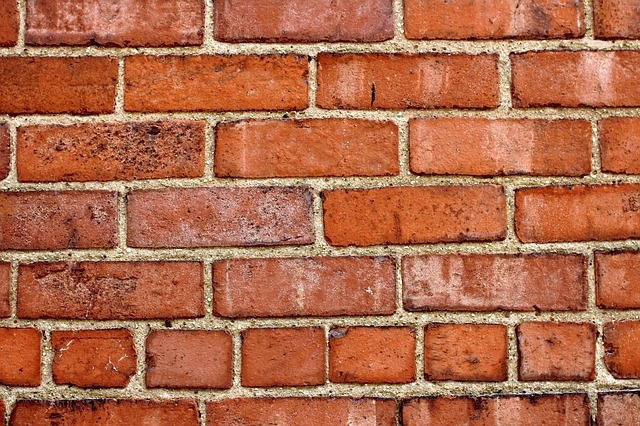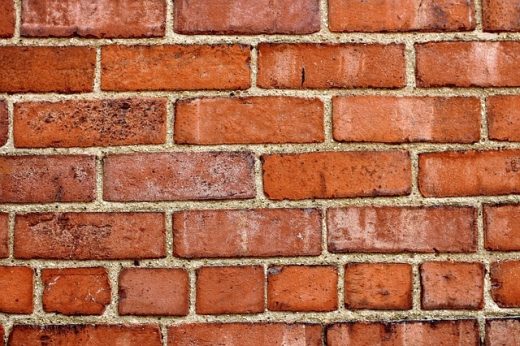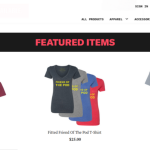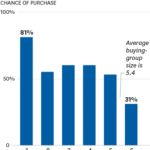Does Success of E-Commerce Mean Obsolescence of Brick-and-Mortar Stores?
— September 7, 2017

PublicDomainPictures / Pixabay
Amazon Prime and its option for one-day delivery, special offers by Alibaba – e-commerce has spoilt consumers for choices. Each passing day brings us closer to having a shopping experience free from all the cumbersome activities usually found in physical shopping. But does that mean that customers are choosing online platforms over physical stores?
E-commerce has had a major impact on the way brick-and-mortar stores function. While physical stores had the monopoly over customer attention in the past, it is the online shopping websites that rule the roost now.
However, despite this, all is not lost for physical stores. Research has shown that customers have not forgotten or forgone brick-and-mortar stores; they have just altered the time and pattern of their visits.
Season of sales
Christmas, Thanksgiving, and the Fourth of July weekend are some examples of days when brands offer sales and discounts to attract customers. While physical stores do run sales, online portals are better placed to give customers better deals on products and services. The absence of middlemen and lack of capital investments have enabled e-commerce companies to pass on monetary benefits to their customers.
During sales, customers frequent online portals in order to benefit from the discounts and offers. But during non-sale seasons, many customers prefer to visit brick-and-mortar stores. Recent research has shown that about 85% of customers prefer to shop at physical stores, as opposed to on e-commerce portals. The findings indicated that customers prefer to have a salesperson on hand to explain product features. The study also confirmed that if given a choice, customers like to see and feel the product before making a purchase decision.
In touch with the trends
One of the biggest myths is that physical stores will die out because they are not innovative enough to combat online platforms. While e-commerce websites are quite dynamic, it’s important to realize that brick-and-mortar stores are proactive to market changes as well. Consider one of the biggest innovations in the history of brick-and-mortar store development – the pop-up store.
Pop-ups are temporarily opened retail stores that are set up to take advantage of the seasonal trend. A major advantage of pop-up stores is their mobility. They are easy to set up and take down and they can be easily relocated to areas with high-customer density.
Pop-up stores are 80% less expensive to set up than full-fledged brick-and-mortar stores. As a result, retailers can pass on price benefits to customers. Additionally, pop-up stores house products that exclusively cater to a particular fad or trend. This exclusivity is what attracts customers to the store. E-commerce sites, on the other hand, seldom cater to niche markets. The price advantages they are able to provide depend mainly on the economies of scale they achieve through bulk purchase of goods. Without that, they will be unable to offer customers anything special.
It’s safe to say that while e-commerce websites are taking the world by storm, it will take more than the click of a mouse to shut down brick-and-mortar stores.
Digital & Social Articles on Business 2 Community
(30)













